Abstract:
Lipolysis, the breakdown of stored triglycerides into free fatty acids and glycerol, plays a crucial role in energy mobilization during fasting and exercise. While subcutaneous adipose tissue (SCAT) is traditionally considered the primary site of lipolysis, multiple lines of evidence suggest that skeletal muscle (SkM) contributes to lipid mobilization, particularly in response to physiological stimuli such as exercise. However, how lipolytic activity in SCAT and SkM might synergize or interact in response to exercise training remains unclear. Objective: This study aimed to investigate tissue- specific changes in lipolytic activity following chronic aerobic training in SCAT and SkM.
Methods: Local fasting lipolysis was assessed in sedentary postmenopausal women (age: 59.50 ± 1.65 yr; n = 6) with obesity (BMI: 34.78 ± 1.16 kg/m2) and prediabetes (HbA1c 5.7–6.4% or fasting blood glucose 100-125 mg/dL, or 2-hour OGTT blood glucose 140-199 mg/dL) before and after 12 weeks of aerobic treadmill training. In vivo microdialysis was used to sample interstitial glycerol from gluteal SCAT and SkM as a marker of basal lipolytic activity. Body composition, aerobic capacity and metabolic outcomes, including % body fat, VO?peak, and respiratory quotient (RQ) were also assessed.
Results: Our findings demonstrate an interaction between tissue type and exercise-induced changes in local lipolysis, with basal glycerol release decreasing in SCAT and increasing in SkM (- 32.98% and + 52.94% respectively; P < 0.05) from pre- to post-training. After training, gluteal SCAT lipolysis was inversely correlated with % body fat (r = 0.87, p < 0.05), suggesting that individuals with lower body fat exhibited greater gluteal SCAT lipolytic activity. In line with this, VO?peak was positively correlated with gluteal SCAT lipolysis following the training intervention (r = 0.96; P < 0.01), indicating that aerobic fitness became more tightly linked to lipid mobilization, a relationship not observed under sedentary conditions. On the other hand, SkM glycerol release exhibited a strong negative correlation with RQ (r = 0.76, P = 0.07) post- training. Although not statistically significant, this trend may suggest the emergence of coordinated adaptations between intramuscular lipolysis and fat oxidation.
Conclusions: Aerobic training induces tissue-specific adaptations in basal lipolysis, with distinct responses in SCAT and SkM. Importantly, post-training correlations between lipolysis and metabolic markers suggest functional remodeling of fat and muscle tissues in response to aerobic exercise in postmenopausal women with obesity and prediabetes.



